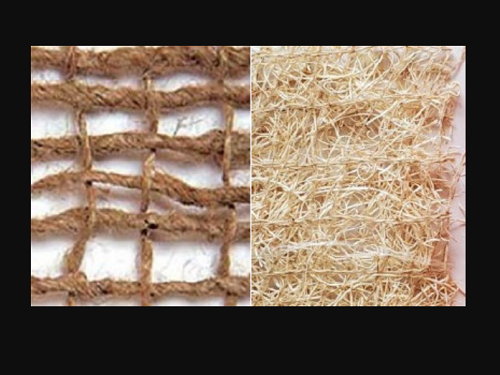The Idaho Transportation Department (ITD) is engaged in a broad effort to develop environmentally-friendly solutions that reduce plastic waste from entering the natural environment; particularly where infrastructure projects are concerned.
[Above photo by the ITD]
For instance, the agency is now using biodegradable erosion control loose weave “blankets” without joints that allow snakes and other wildlife to easily move over or through them. Those “blankets” play a key role in the agency’s Erosion and Sediment Control or ESC practices that prevent soil loss and reduce sediment-laden stormwater runoff in and around transportation infrastructure.
Cathy Ford, the ITD’s roadside program administrator, noted that those ESC practices – used in transportation construction, maintenance, and operations activities – can be temporary or permanent.
She noted that biodegradable material will decompose under ambient soil conditions into carbon dioxide, water, and other naturally occurring materials within a time period relevant to the expected service life to the material.
“As more DOTs require the use of natural, biodegradable products, the upfront costs of purchasing the product are expected to decrease based on efficiency of scale,” Ford added in a statement.
The ITD said that plastics are commonly used as ESC solutions due to their availability, durability, and low cost, but they are rarely recycled, ending up in landfills or breaking down into micro-plastics, which are an emerging pollutant of concern.
Pieces of plastic netting can contaminate waterways and interfere with aquatic resources, the department noted, with plastic erosion control materials potentially ensnaring and killing fish and wildlife, interfering with highway mowing equipment, creating garbage, and resulting in added costs for removal and disposal.
The agency noted that older “photodegradable” plastics can still be intact a decade after construction projects are completed if vegetation prevents sunlight from breaking down the plastic. When these photodegradable plastics do break down, they continue to be a hazard to natural ecosystems as a micro-plastic, ITD explained. By contrast, biodegradable products typically degrade within one to two years into naturally occurring substances.
